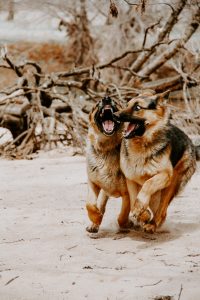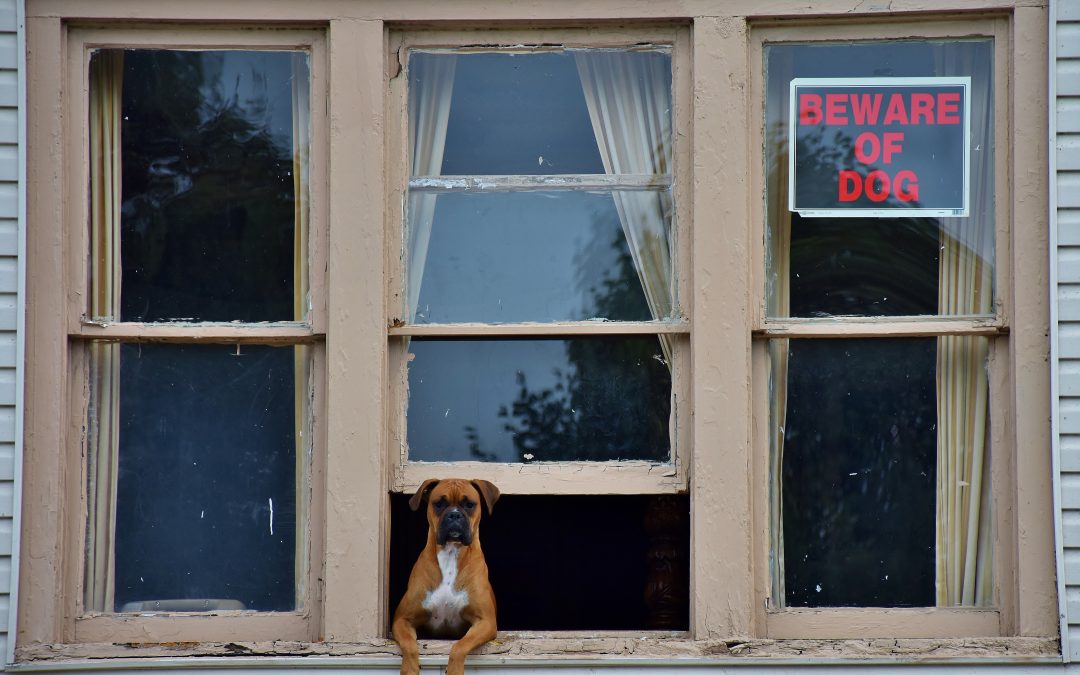In Upstate New York, there has been an increasing amount of dog aggression over time. Even though your furry friend may have started off as a cute, well-behaved and adorable pet, they may have had a change in behavior. Pet owners frequently ask animal behavior experts, “Why has my dog suddenly become aggressive?” Aggression usually starts between the ages of one to two years old. Typically, these dogs have not received proper or professional training, which leads them to be more vulnerable to aggression and unease. Today, we will be discussing the reasons behind your dog’s aggressive behavior.
Training is Important
Commencing with obedience training is of great importance. If you desire for your dog to possess good manners, obedience training is the ideal approach to attain this target. It is essential to hire a well-equipped trainer who possesses the knowledge and tools to guarantee that your dog receives the appropriate training. Locate an Off Leash K9 Trainer at this website (https://www.offleashk9training.com/). By enrolling your dog in obedience training, they will acquire the self-assurance they require to confront their fears or phobias that lead to negative behaviors. This training also instills discipline, framework, and decision-making skills that are beneficial to preventing undesired behaviors. 
Encouraged Negative Behaviors
Furthermore, aggression often occurs when it is permitted to develop gradually. For example, if your puppy growls or bares its teeth, and the owner finds it amusing or believes it is a form of protection, they may inadvertently reinforce this behavior. However, by encouraging aggression in this way, you are sending a message to your four-legged companion that such behavior is acceptable. It is important to address this issue promptly and correct this behavior before your pet becomes accustomed to it.
Fear Aggression
Fear is a highly frequent cause of aggression in dogs, just as it is in humans. Dogs possess the same fight or flight response, and may not always exhibit warning signals such as growling or baring their teeth before they bite when faced with an uncomfortable situation. It is crucial to closely monitor your canine’s body language for signs of stiffness or a desire to flee. Keep in mind that certain human behaviors that seem friendly to you can be interpreted as threatening by dogs.
Leash Aggression
If your furry friend has ever shown signs of aggression such as pulling, lunging or barking at other dogs whilst on a leash, you will be familiar with the feeling of frustration and embarrassment that it can bring. Leash aggression, otherwise known as leash reactivity, is a root cause of your dog’s aggressive behavior. Dogs that display leash aggression often seek social interaction with other dogs. However, they feel restricted and may react negatively for various reasons. When introducing dogs to one another, they naturally meet side by side. Conversely, when introducing dogs on a leash, they make eye contact, which can trigger an aggressive response. Consequently, when you hold on tighter to the leash and become anxious about how your dog might react, this transmits to your furry friend, causing them to elevate their levels of awareness and tension.
Pain-induced Aggression
Canine aggressiveness serves as a defense mechanism against pain, even among well-behaved dogs. Moreover, a dog who experiences pain has a tendency to lash out at those around them to preempt further discomfort. Detecting when your dog is experiencing discomfort can be challenging as they are great at concealing their pain. Warning signs such as increased vocalization, changes in eating habits, and unusual posture should be paid attention to. If you suspect your pet is in pain, it is advisable to reach out to your local veterinarian in advance so they can prepare for your visit.
Resource Guarding
The term “resource guarding” refers to when a dog displays possessive behavior or aggression towards items that they perceive as valuable. These can include toys, food, treats, and even their owner’s. This tendency usually arises when someone or another animal tries to approach these items that the dog cherishes. Resource guarding is a characteristic passed down from the dog’s ancestors, who had to compete for resources such as food and territory to survive. However, this behavior is not necessary in modern times and should be taken seriously, as it can have adverse effects on you and those around you.
Social Aggression
Just like humans, dogs are social animals that live in social groups with specific structures and rules. Within a dog pack, there is a hierarchy that determines which dog gets priority access to resources such as food, sleeping spots, and mating opportunities. If domesticated dogs believe they are high in status, they may display aggression towards both humans and other dogs, which is also known as dominance behavior or conflict-induced aggression. This type of aggression can start even in puppyhood, where puppies that control their owner’s reactions with attention-seeking behaviors may learn that these behaviors result in positive outcomes, leading to pushy and aggressive behavior in the future. To prevent this, it’s essential to establish yourself as the pack leader by rewarding desirable behaviors with positive reinforcement and maintaining a consistent training routine.
How pet owners can help deal with aggression
Correcting your dog’s aggression is possible at any time, regardless of age or timing. As dogs grow older, it may become harder to change their behavior, but it is still achievable. Don’t procrastinate when dealing with such issues, and understand that ordinary trainers may not be equipped to assist. Our behavioral experts and professional dog trainers at Off Leash K9 Training North East are qualified to assist in these situations. We provide a behavioral modification program designed to target specific unwanted behaviors exhibited by your canine. While solving aggression may be uncertain, we can offer you and your furry friend the necessary tools and information to live a content and disciplined life. Contact us today for a free phone consultation with a professional trainer to help your dog improve.

